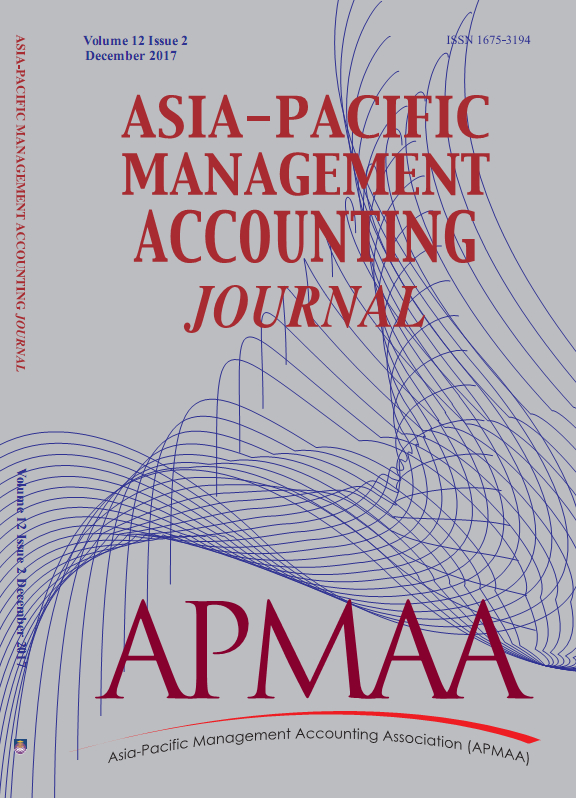Volume 17 Issue 3, December 2022
ARTICLE INFO
Article History:
Received: 14 July 2022
Accepted: 3 November 2022
Published: 31 December 2022
A Study on the Determinants of Engagement and Ambidexterity Among Engineers in SMEs Engineering Consulting Firms
Muhamad Khalil Omar1, Yusri Hazrol Yusoff2* and Zahira Abdul Rahman3
1Faculty of Business and Management, Universiti Teknologi MARA, Cawangan Selangor, Bandar Puncak Alam, Selangor, Malaysia
2Faculty of Accountancy, Universiti Teknologi MARA, Cawangan Selangor, Bandar Puncak Alam, Selangor, Malaysia
3Golden Land Berhad, Subang Jaya, Selangor, Malaysia
Various studies conducted on business sustainability have shown that organisations need to become ambidextrous in order to sustain in rapidly changing environments. A number of studies have investigated on numerous organisational ambidexterity antecedents and outcomes. However, very few studies have focused at the employee level. Therefore, the purpose of this study was to identify the variables that determine engagement and ambidexterity among engineers in the SMEs context which were predicted to be determined by person-job fit, person-team fit, and person-organisation fit. The samples were obtained from 106 graduate engineers working in SMEs Engineering Consulting Firms. Covariance-Based Structural Equation Modeling (CB-SEM) was used to test the direct and indirect effects of the variables using the Analysis of Momentum Structures (AMOS). Results indicated that only person-job fit influenced employees’ engagement, employees’ engagement influenced employees’ ambidexterity, and employees’ engagement mediated the relationship between person-job fit and employees’ ambidexterity. In summary, the findings of this study could be applied in SMEs for developing and implementing organizational strategies to improve the level of employees’ engagement and employees’ ambidexterity by focusing on person-job fit, person- team fit, and person- organisation fit.
Keywords: employees’ engagement, employees’ ambidexterity, engineering


